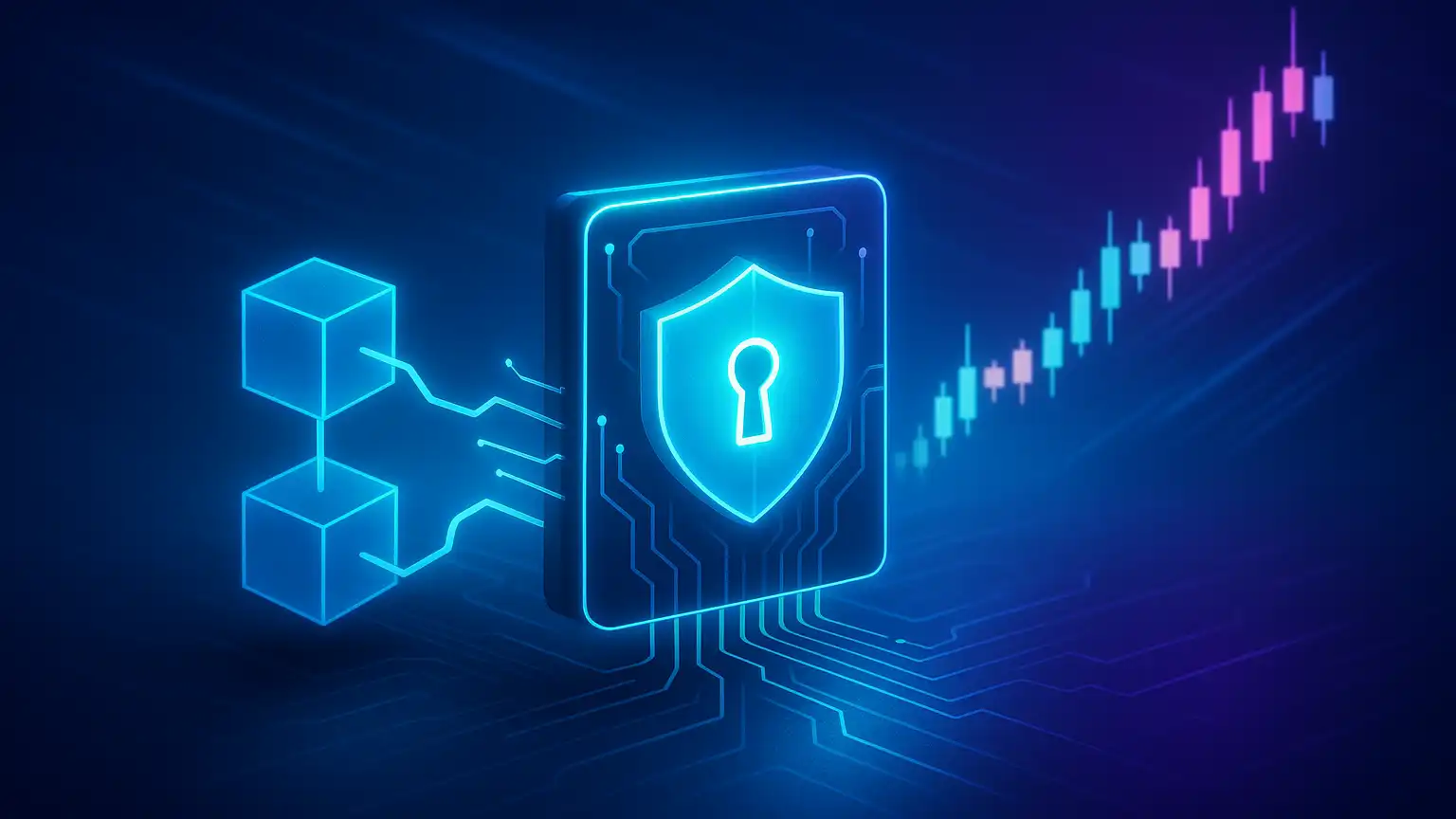Trusted Execution Environments: Enhancing Security and Privacy in Blockchain Applications

19 September 2025
Understanding Trusted Execution Environments (TEEs)
Trusted Execution Environments (TEEs) are secure areas within a processor that provide an isolated environment for executing code and processing data. This isolation ensures that sensitive information remains confidential and that the integrity of computations is maintained, even if the main operating system is compromised. TEEs achieve this by leveraging hardware-based security features, creating a trusted enclave where critical operations can be performed securely.
Integrating TEEs into Blockchain Ecosystems
The integration of TEEs into blockchain ecosystems addresses several inherent challenges, particularly concerning privacy and scalability. By executing smart contracts within TEEs, blockchain networks can process sensitive data without exposing it to the entire network, thereby preserving user confidentiality. Additionally, TEEs can offload complex computations from the main blockchain, enhancing overall system performance and scalability.
Enhancing Privacy in Smart Contracts
Traditional smart contracts operate transparently, with all data and code visible to network participants. While this transparency ensures trust, it poses significant privacy concerns, especially for applications handling sensitive information. TEEs mitigate this issue by enabling confidential smart contracts, where the execution and data remain private. For instance, the Secret Network utilizes Intel SGX to implement privacy-preserving smart contracts, allowing developers to build applications where sensitive data remains encrypted during processing. This approach is particularly beneficial for decentralized finance (DeFi) applications, enabling users to engage in transactions without revealing their financial positions or strategies.
Improving Scalability through Off-Chain Computation
Scalability remains a critical challenge for blockchain networks, with on-chain processing often leading to congestion and high transaction fees. TEEs offer a solution by facilitating secure off-chain computations. By performing complex operations within a TEE and only recording the final results on the blockchain, networks can significantly reduce on-chain load. Projects like Phala Network exemplify this approach by providing a decentralized cloud computing platform that leverages TEEs to execute workloads securely and efficiently, thereby enhancing the scalability of blockchain applications.
Real-World Applications and Projects Leveraging TEEs
Several blockchain projects have successfully integrated TEEs to enhance security and privacy. For example, the Secret Network employs TEEs to enable confidential smart contracts, allowing developers to build applications where sensitive data remains encrypted during processing. This approach is particularly beneficial for decentralized finance (DeFi) applications, enabling users to engage in transactions without revealing their financial positions or strategies.
Challenges and Considerations in TEE Implementation
Despite their advantages, implementing TEEs within blockchain systems presents certain challenges. One significant concern is the reliance on specific hardware and software, which may introduce compatibility issues and require specialized engineering expertise. Additionally, TEEs have limited resources, which can restrict their capabilities, especially for resource-intensive applications like machine learning and large-data processing. Furthermore, TEEs can pose a single point of failure, potentially allowing attackers to compromise sensitive data or execute malicious code. The lack of standardization due to many proprietary designs of TEEs (e.g., SGX, TrustZone, and Knox) may lead to compatibility issues between different systems, reducing their usefulness in specific scenarios.
Future Outlook: TEEs in the Evolving Blockchain Landscape
As blockchain technology continues to evolve, the role of TEEs is expected to expand, offering more robust solutions for privacy and scalability challenges. Ongoing research and development aim to address current limitations, such as enhancing the resource capacity of TEEs and establishing standardized protocols for their integration into diverse blockchain platforms. The continued collaboration between hardware manufacturers and blockchain developers will be crucial in realizing the full potential of TEEs, paving the way for more secure, private, and scalable blockchain applications.







